
Residents line up to take nucleic acid tests for the novel coronavirus in Binjiang district in Hangzhou, Zhejiang province, on Thursday. (DONG XUMING/FOR CHINA DAILY)
Authorities in Zhejiang province are going all out to curb the spread of a COVID-19 outbreak while making efforts to trace the source of the novel coronavirus after the eastern province reported 14 locally transmitted confirmed cases by 2 pm Thursday.
Sun Liming, deputy director of the Zhejiang Provincial Health Commission, said gene sequencing indicates the patients were infected with the Omicron strain.
"It has low homology with the virus genome of local or foreign imported cases in Zhejiang recently," Sun told a news conference on Thursday. "After comparison with the global database, it is highly homologous with the coronavirus sequence sampled abroad on Dec 11, which indicates it is an independent outbreak."
All the patients, including six recorded on Wednesday and eight in the first 14 hours of Thursday, were detected in Hangzhou, the provincial capital, she said.
Sun said the commission has sent 1,100 personnel to front-line areas to help build laboratories, quarantine close contacts, launch nucleic acid testing and screening, disinfect public venues and treat patients to try to block the spread of the virus at the lowest cost and in the shortest time.
In Hangzhou's Binjiang district, the Huierte Catering Equipment company in Changhe Street, where the first case was reported, was declared a medium-risk area from 8 pm Wednesday.
People who enter the control area surrounding the company are not allowed to leave, and gatherings of people are prohibited.
From 6 am Thursday, all residents of the district were undergoing nucleic acid testing.
In Anshun, Guizhou province, a close contact of Hangzhou's confirmed cases was found to be a confirmed patient when they returned home, the local health commission said on Thursday.
In Tianjin, a senior medical expert warned that Omicron cases cannot be dismissed as a "big flu".
"Patients usually have mild symptoms, or even no symptoms at the beginning. However, as the disease progresses, we find that 42 percent of the infected patients in Tianjin develop standard symptoms," Zhang Ying, deputy director of the Tianjin Municipal Center for Disease Control and Prevention, told China Central Television on Tuesday. "It has some manifestations of pneumonia, whether light or heavy."
With instances of pneumonia reaching as high as 42 percent, it can't be equated with the flu, she said.
"We all know that the influenza virus mainly affects the upper respiratory tract," Zhang said. "While some people with chronic underlying diseases will get pneumonia as a complication-bacterial or viral pneumonia-the proportion is far less than 42 percent."
She said Tianjin has achieved a comprehensive victory in the fight against the city's latest COVID-19 outbreak, which was driven by Omicron, as all the new cases have now been detected in quarantine areas.
"In other words, there is no risk of transmission in society, outside the quarantine venues," Zhang said, adding that all locked-down communities and housing estates in Tianjin will return to normal before the end of the month, allowing local residents to have a happy Spring Festival holiday next month.
In Beijing, four new locally transmitted cases were reported in the 24 hours to 4 pm Thursday, with all being infected with the Delta variant, Liu Xiaofeng, deputy director of the Beijing Municipal Center for Disease Control and Prevention, told a news conference.
A housing estate in Wangzuo township in Beijing's Fengtai district was declared a medium-risk area on Thursday, giving the capital one high-risk area and seven medium-risk areas.








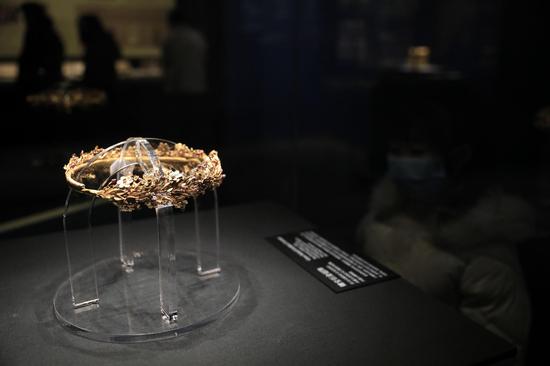
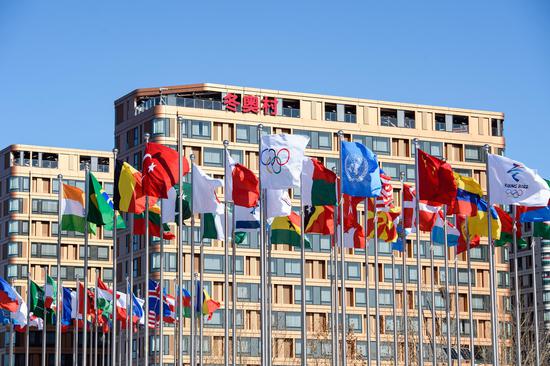








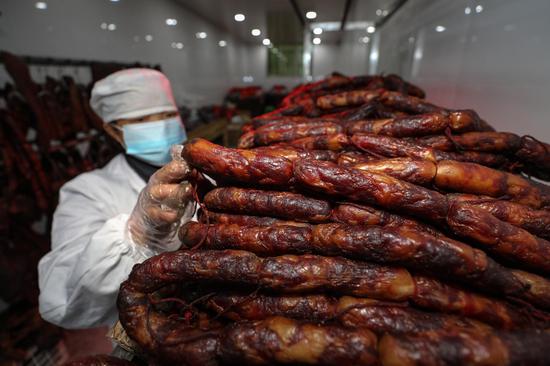


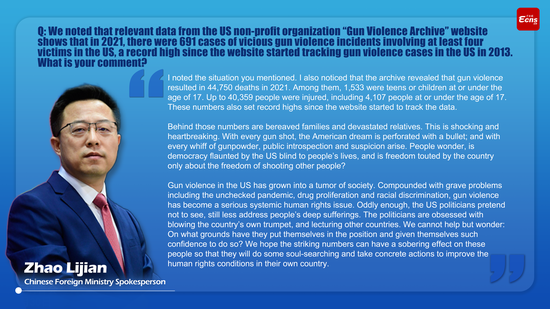













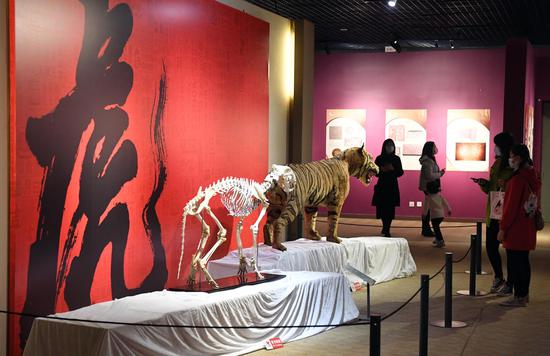





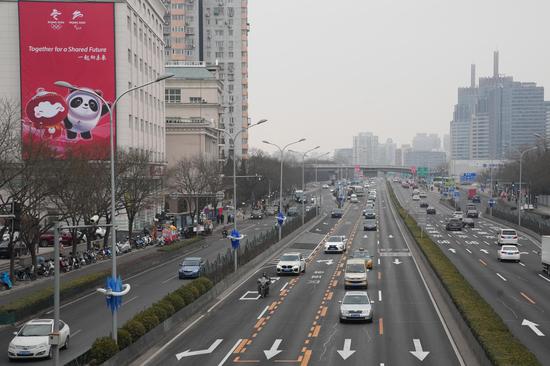








 京公网安备 11010202009201号
京公网安备 11010202009201号